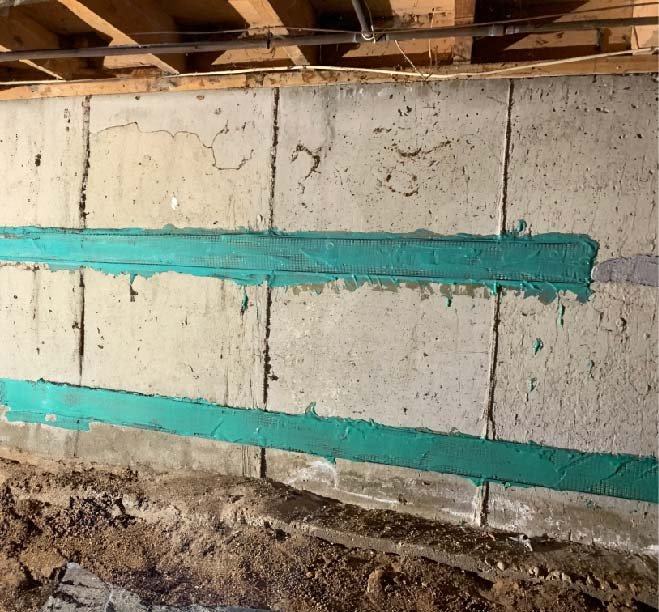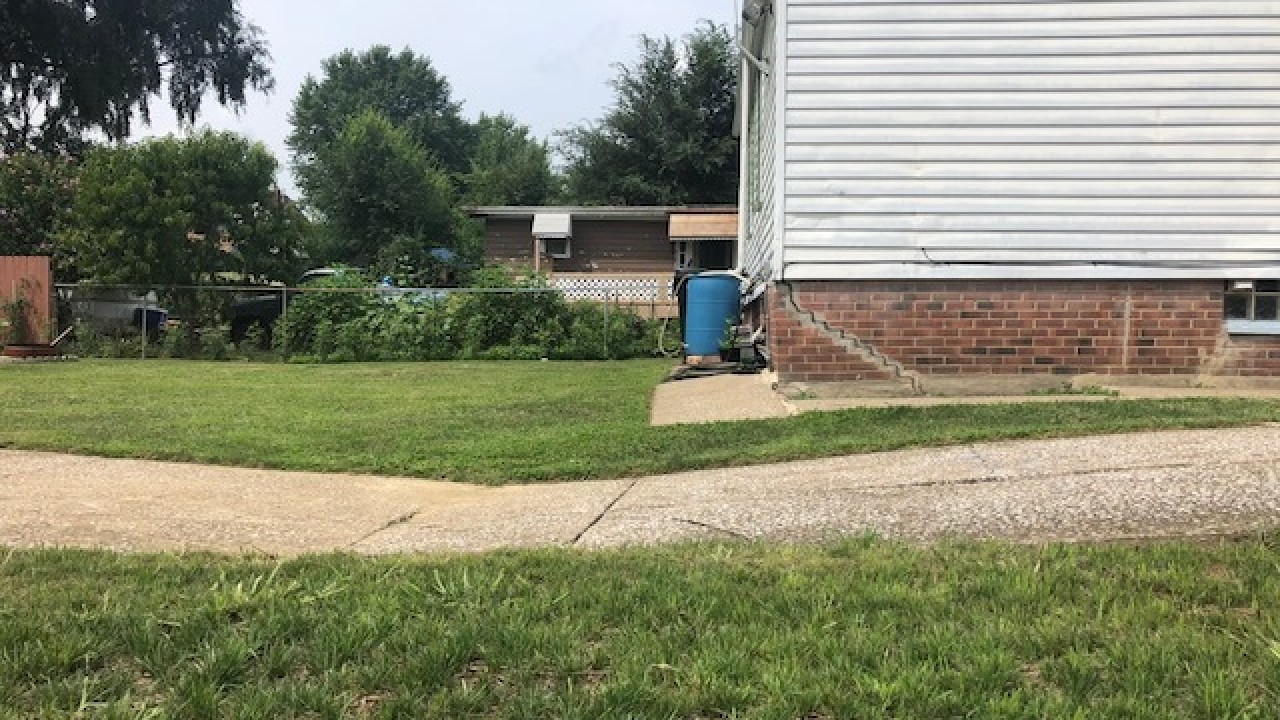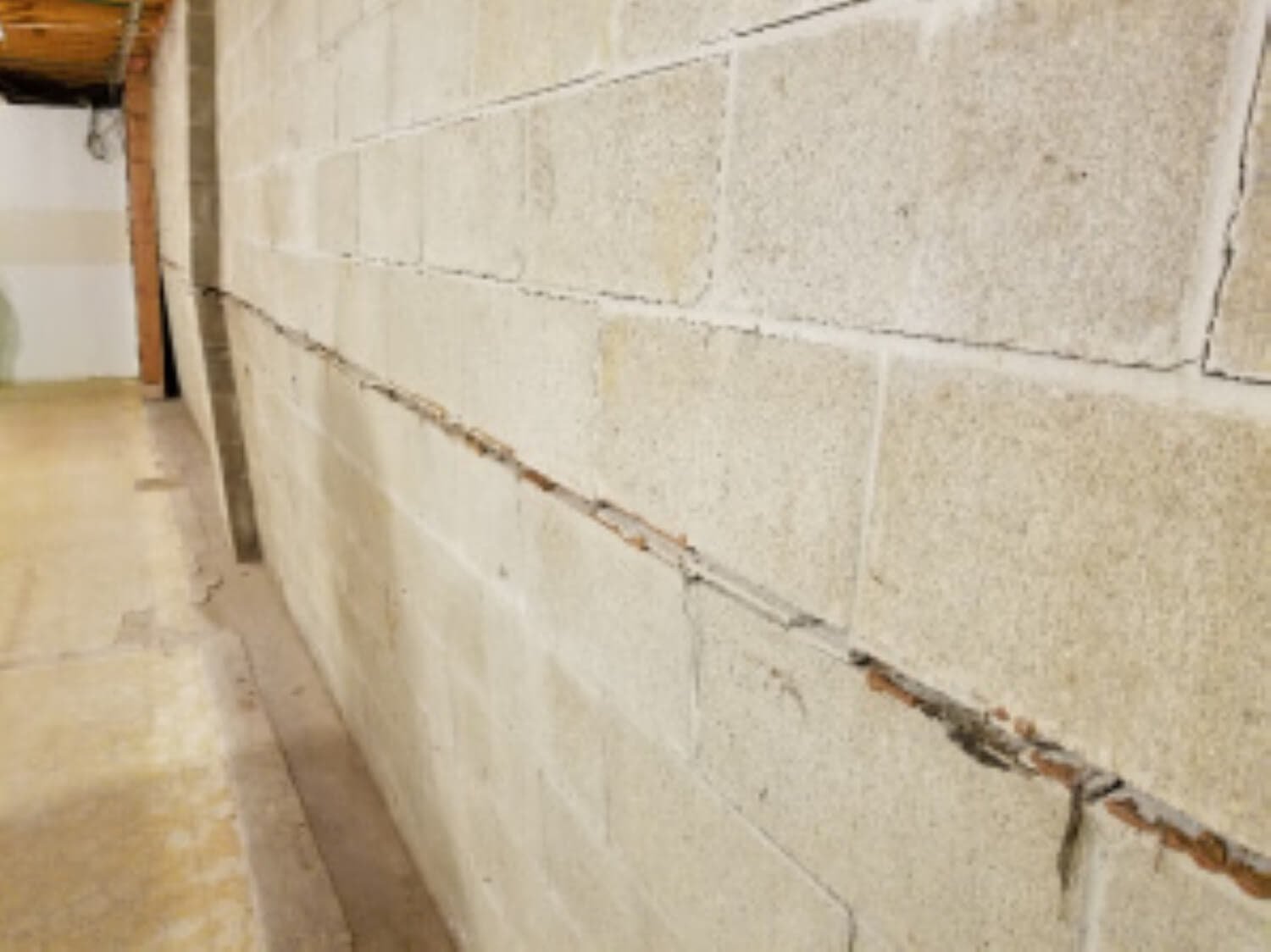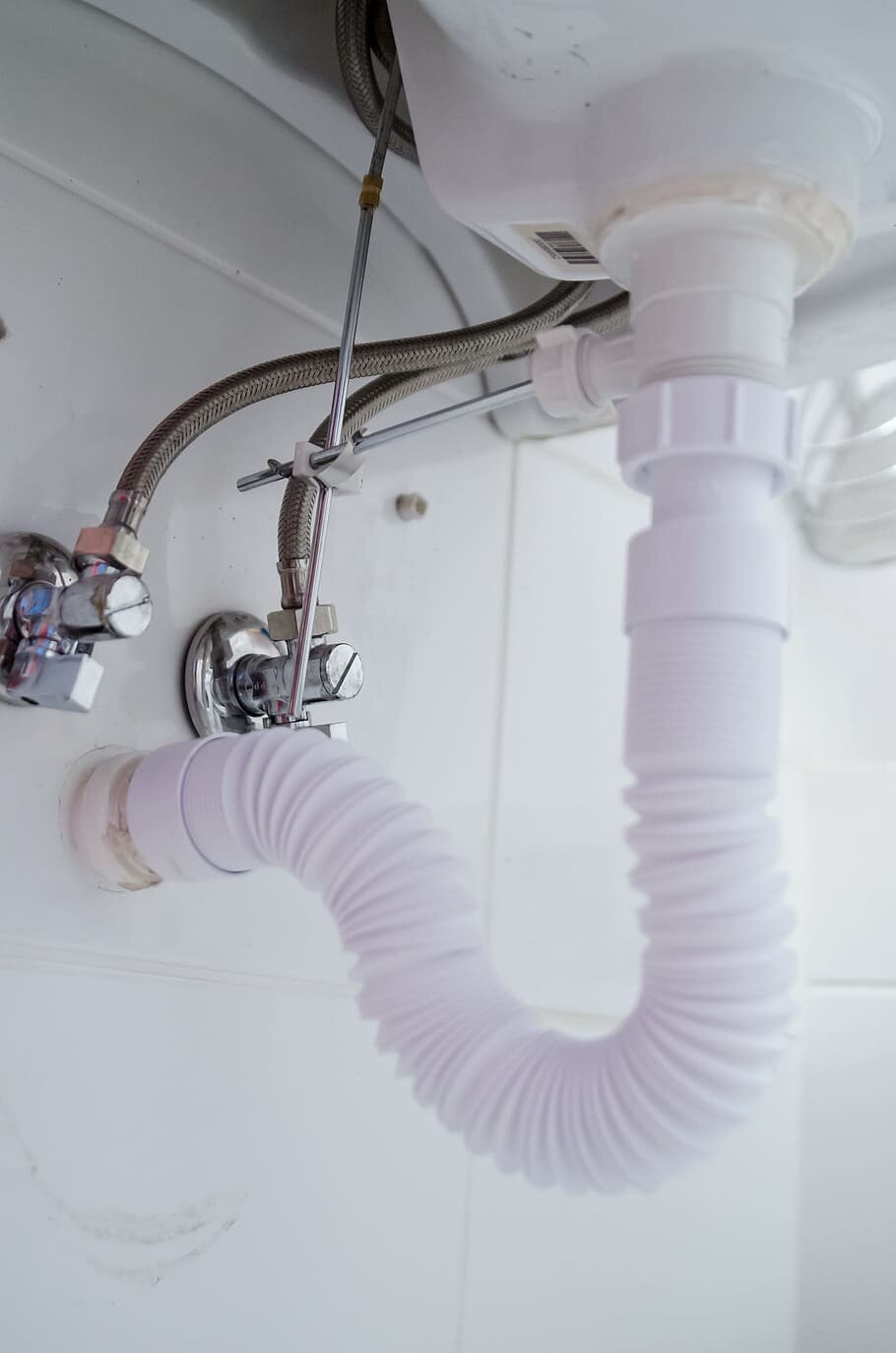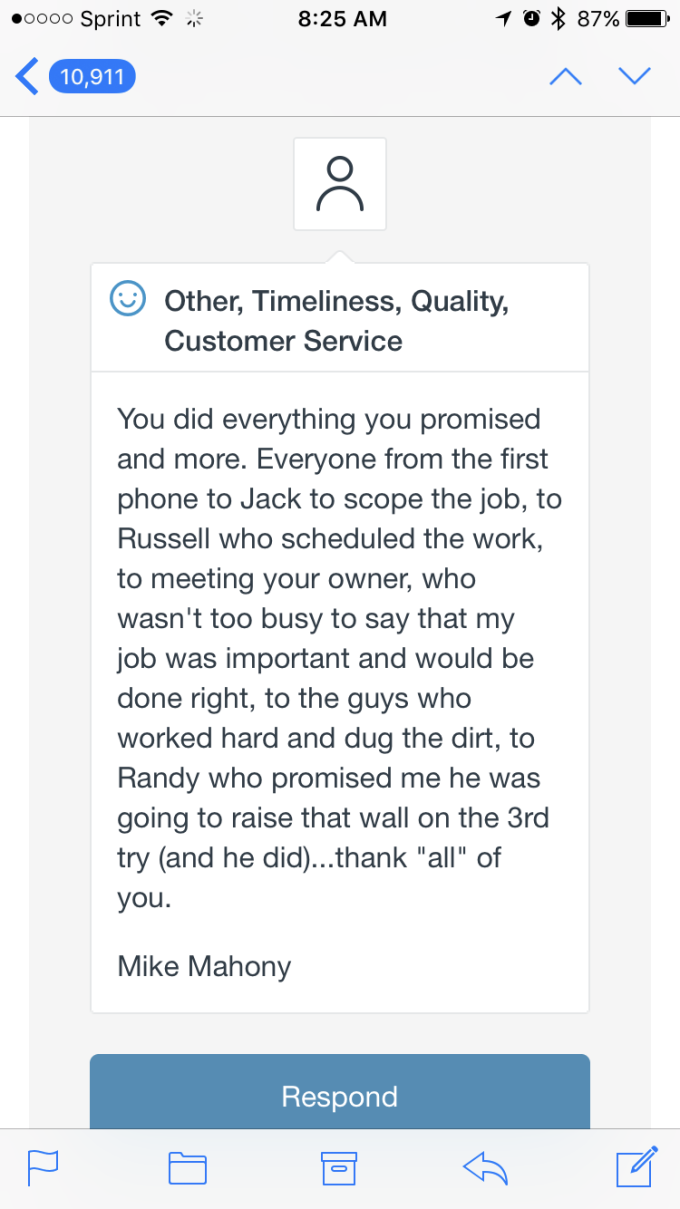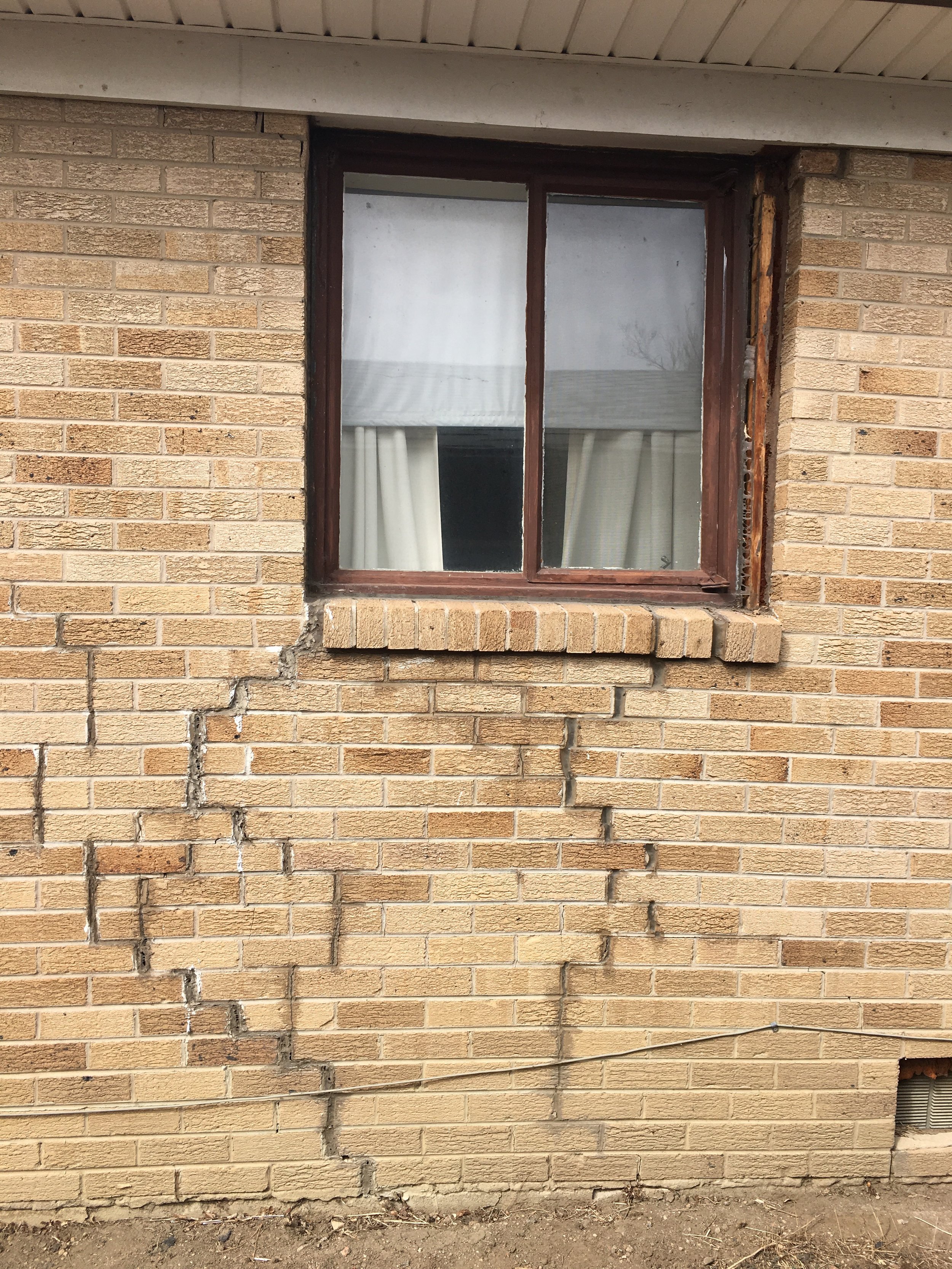How Long Does Foundation Repair Take?
Foundation Repair Timeline
Foundation repair is a critical process for maintaining the structural integrity of your home. When faced with foundation issues, one of the most common questions homeowners have is, "How long will it take to repair?" Understanding the factors that influence the duration of foundation repair can help you plan effectively and minimize disruption to your daily life.
Common Foundation Issues
Identifying common foundation issues is the first step in addressing them effectively. From cracks in walls and floors to unevenness in the foundation, recognizing the signs of foundation problems early can save you time and money in the long run. By understanding the root causes of these issues, you can work with your contractor to develop a targeted repair plan that addresses the underlying issues comprehensively.
Cracks: These can appear in walls, ceilings, or floors, indicating foundation settlement or movement. Horizontal cracks may suggest excessive lateral pressure, while vertical cracks could indicate settling.
Uneven Floors: Sloping or uneven floors may signal underlying foundation problems. Measure floor height differences using a level to determine the extent of the issue.
Sticking Doors and Windows: Difficulty opening or closing doors and windows can result from shifts in the foundation. Test doors and windows throughout the house to identify areas of concern.
Common Foundation Repair Methods
The duration of foundation repair can vary depending on the chosen repair method and the extent of the damage. From slabjacking to piering and underpinning, each approach offers unique benefits and considerations. By familiarizing yourself with these methods and their associated timelines, you can make informed decisions about the best course of action for your home.
Slabjacking: Involves injecting stabilizing material (such as grout or polyurethane foam) under a concrete slab foundation to lift and level it. The process typically takes 1-2 days, depending on the size of the area and extent of the damage.
Piering: Installing piers beneath the foundation to provide additional support and prevent further settling. This method can involve driven steel piers, helical piers, or concrete piers, depending on soil conditions and structural requirements. The duration can range from a few days to a few weeks, depending on the number of piers needed and accessibility to the foundation.
Underpinning: Strengthens the foundation by extending it deeper into the ground or adding additional supports. This method involves excavating beneath the existing foundation and pouring concrete footings or installing steel piers. It generally takes several weeks, involving extensive excavation and structural reinforcement.
Concrete Pressed Pilings: This method involves driving concrete cylinders into the ground until they reach stable soil, providing support and stability to the foundation. Concrete pressed pilings are an effective solution for addressing foundation settlement and can typically be installed relatively quickly.
Segmented Piers: Segmented piers consist of multiple concrete or steel segments assembled on-site and driven into the ground to support the foundation. This method is often used in areas with expansive soil or significant foundation settlement.
Mudjacking: Mudjacking, also known as slabjacking, is a process that involves pumping a mixture of cement, soil, and other additives beneath a sunken concrete slab to lift it back to its original position. This method is commonly used to address settlement issues in concrete driveways, sidewalks, and patios.
Carbon Fiber Straps: Carbon fiber straps are a modern solution for reinforcing and stabilizing bowed or cracked foundation walls. These high-strength straps are applied to the interior surface of the wall and bonded in place with epoxy, providing additional support and preventing further movement.
Grouting: Grouting involves injecting a specialized grout mixture beneath the foundation to fill voids, stabilize soil, and lift the foundation back to its original position. This method is commonly used to address settlement and sinking issues in concrete slab foundations.
Helical Tiebacks: Helical tiebacks are helical-shaped steel rods installed horizontally into the soil behind a bowed or leaning foundation wall. These tiebacks anchor the wall to stable soil or bedrock, providing lateral support and preventing further movement.
Common Foundation Repair Method Timelines
The duration of foundation repair can vary depending on the method used and the extent of the damage. Here's a breakdown of the typical timeframes for each repair method:
Slabjacking: Typically takes 1-2 days. This process involves injecting stabilizing material under a concrete slab foundation to lift and level it.
Piering: Generally takes several days to a few weeks, depending on factors such as the number of piers needed, soil conditions, and accessibility to the foundation.
Underpinning: Usually takes several weeks. This method involves excavating beneath the existing foundation and pouring concrete footings or installing steel piers for additional support.
Concrete Pressed Pilings: Can be installed relatively quickly, usually within a few days.
Segmented Piers: Installation time can vary but is typically faster than traditional piering methods. It may take a few days to complete the installation.
Mudjacking: Typically takes 1-2 days. This process involves pumping a mixture of cement, soil, and additives beneath a sunken concrete slab to lift it back to its original position.
Carbon Fiber Straps: Installation time can vary depending on the size of the project but usually takes 1-2 days for smaller applications.
Grouting: Installation time can vary depending on the extent of the damage and the size of the area being repaired. Typically, it takes 1-2 days to complete the grouting process.
Helical Tiebacks: Installation time can vary depending on factors such as soil conditions and the number of tiebacks needed. It may take a few days to install helical tiebacks for a standard project.
Recognizing Foundation Issues
Being able to recognize foundation issues early is crucial for preventing further damage. By understanding the warning signs and symptoms of foundation problems, you can take proactive steps to address issues before they escalate. Regular inspections by a professional foundation repair contractor can help identify issues early and mitigate potential risks to your home's structural integrity.
Look for signs such as cracks, unevenness, or sticking doors/windows. Pay attention to changes in these signs over time.
Schedule regular inspections by a professional foundation repair contractor to identify issues early. They can use specialized equipment such as laser levels and hydraulic jacks to assess the condition of your foundation accurately.
What to Do When You Have Foundation Issues
If you suspect foundation issues in your home, it's essential to take action promptly. From scheduling an inspection to preparing your home for repairs, there are several steps you can take to streamline the repair process and minimize disruption. By working closely with a reputable foundation repair contractor, you can develop a tailored repair plan that addresses your home's unique needs and restores its structural stability.
Contact a reputable foundation repair contractor for assessment and repair. They will conduct a thorough inspection of your foundation and recommend the most appropriate repair method.
Prepare your home by clearing the area around the foundation and moving belongings to ensure accessibility for repairs. Discuss the timeline and logistics of the repair process with your contractor to minimize disruption to your daily routine.
Addressing foundation issues promptly is essential for preserving the safety and stability of your home. By understanding common foundation problems, repair methods, and what to do when issues arise, you can take proactive steps to protect your investment and ensure the long-term integrity of your home.



